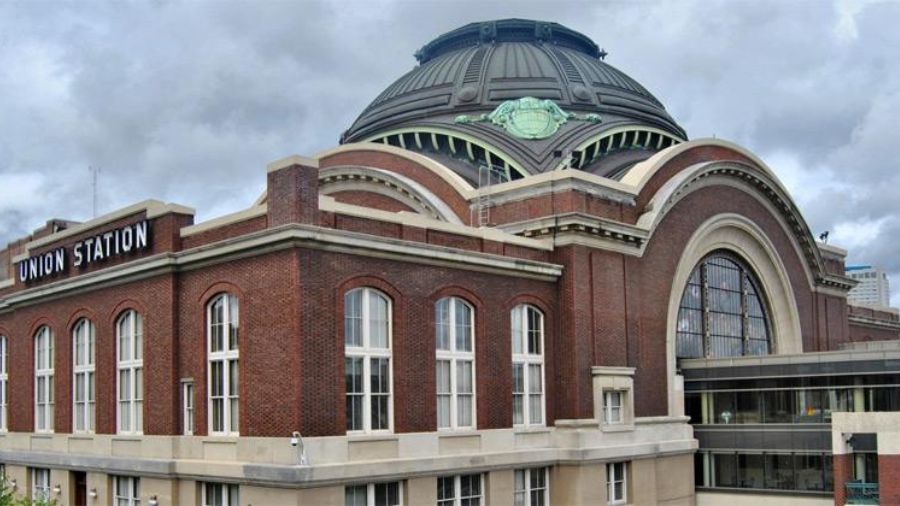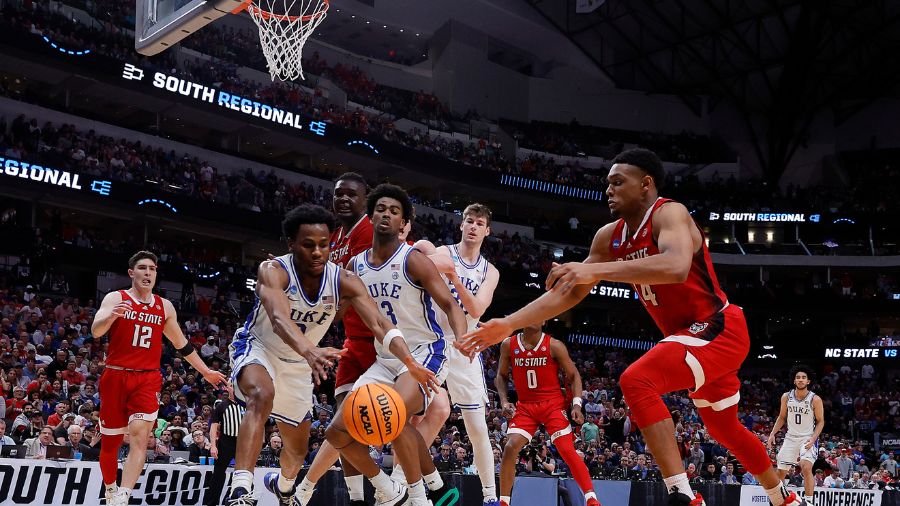Housing prices drop from spring peak as rental rates continue to skyrocket
Sep 10, 2022, 9:11 AM | Updated: Nov 22, 2022, 11:13 am

Seattle home prices are cooling down, but rental prices are continuing to rise as the region copes with rising mortgage rates and the continued effects of the COVID-19 pandemic.
According to new data released by Northwest Multiple Listing Service, (NWMLS) home prices in the Puget Sound region are still falling from their peak in the spring, but home prices are still higher than they were this time last year. In King County, the median single-family home is selling for just under $900,000, $750,000 in Snohomish County, and $550,000 in both Pierce and Kitsap Counties.
‘We are running out of dirt,’ economist says rezoning needed to create more affordable housing
Windermere Chief Economist Matthew Gardner came on Seattle’s Morning News to talk about the recent slowdown and what is causing home sellers and buyers to take longer to ink home sale contracts and how it is raising rental prices for those that can’t afford to get into the real estate market.
“We are seeing significant signs of slowing now. I tend to not look at sale prices, because they are a lagging indicator, not a leading one, so I look at list prices,” Garnder said. “We’ve seen those starting to roll over as well, and just pure math states that the pace of price growth has to slow. We’re really, quite frankly, reverting back to the mean. We had two very strange years for lots of reasons in 2020 and 2021, and now with mortgage rates doubling that naturally has caused a lot of issues in terms of people’s ability to afford to buy a home and more listings.”
King County prices were up 5.9% from last August, but down 9.9% since May of this year.
Part of the cooling market is now nearly 50% of houses in Seattle were sold below their initial asking price in July 2022, nearly double the amount from July 2021, across an overall cooling housing market nationwide, according to Redfin data.
One of the biggest reasons for the market slowdown is the rising mortgage rates keeping first-time homebuyers from entering the housing market, which have been increasing as post-COVID-19 inflation and the Federal Reserve raises interest rates to compensate.
“We’ve got a large number of forced renters that would like to buy, and they could have bought two years ago, maybe when mortgage rates were below 3% and home prices were $120,000 cheaper,” Gardner said. “Now they can’t so they’re kind of stuck in that situation of having to rent and landlords have seen rents increase significantly. But as far as when rental prices are going down, I don’t see that occurring now. Can they continue at 15% increases per year forever, though? Of course not.”
This inability for medium-income, long-term renters from entering the market has been raising rental prices as a result, in a market that is already famously expensive. Seattle ranks among the top 10 metro areas in the country experiencing the fastest increasing rental rates.
While interest rates have been going up over the course of the year as monetary policy experts grapple with historic labor shortages, more bargaining power of workers, and the supply chain recovery from the pandemic, they are still not at what normal rates should be Gardner says.
“Actually, if you think about the 30-year fixed mortgage, on average from 1971 onwards, it’s 7.5%. So the current rate of 5.5 to 6% is still cheaper,” Gardner said. “But unfortunately, a lot of people now just think that the norm is 2 and 5/8 or below 3%. That was not normal. There are obviously interest rates normalizing because of what the Feds doing.”
Despite the surge in inventory, the NWMLS report shows there is only 1.84 months of supply – and that’s down from July’s figure of 2.01 months.













